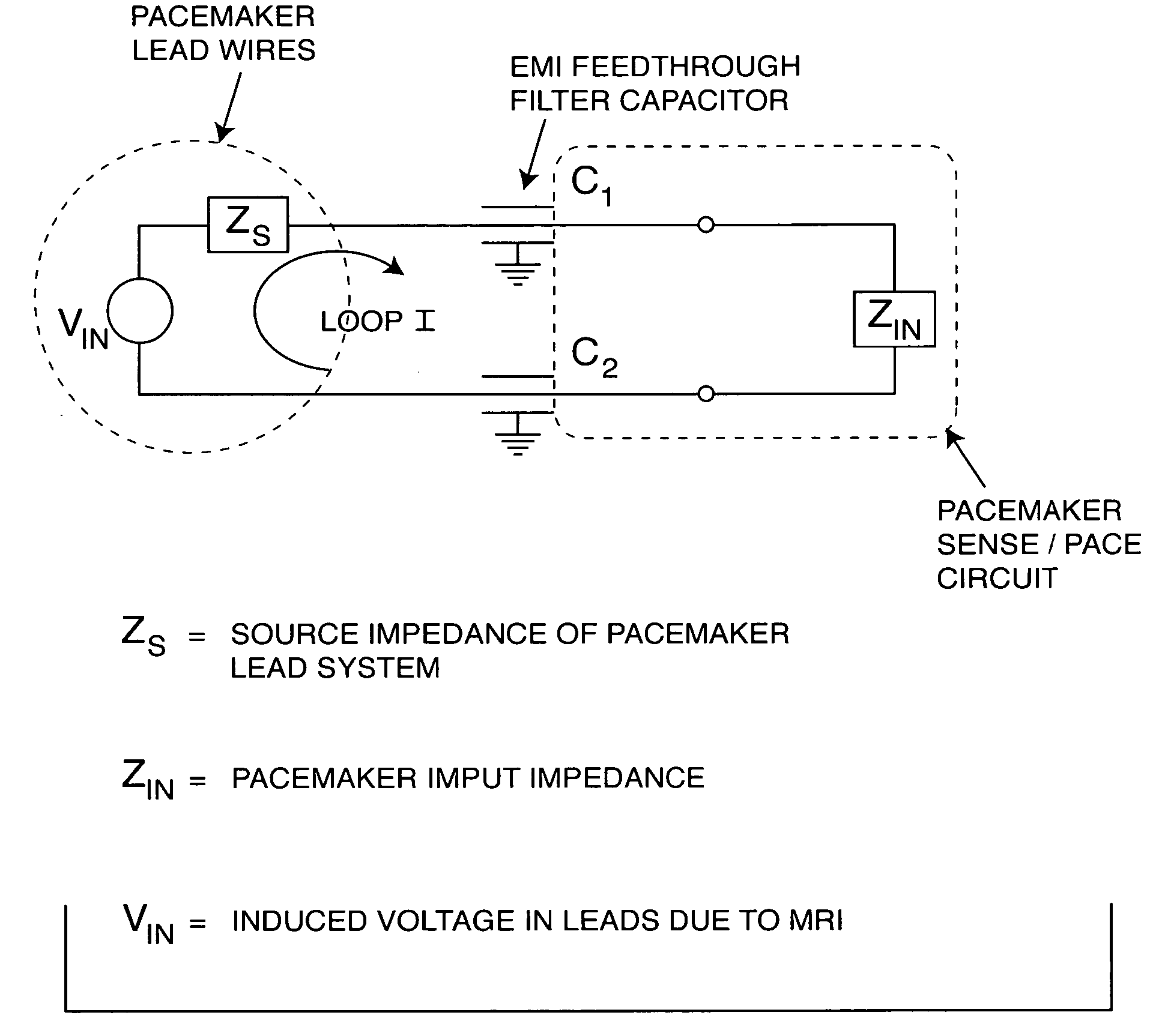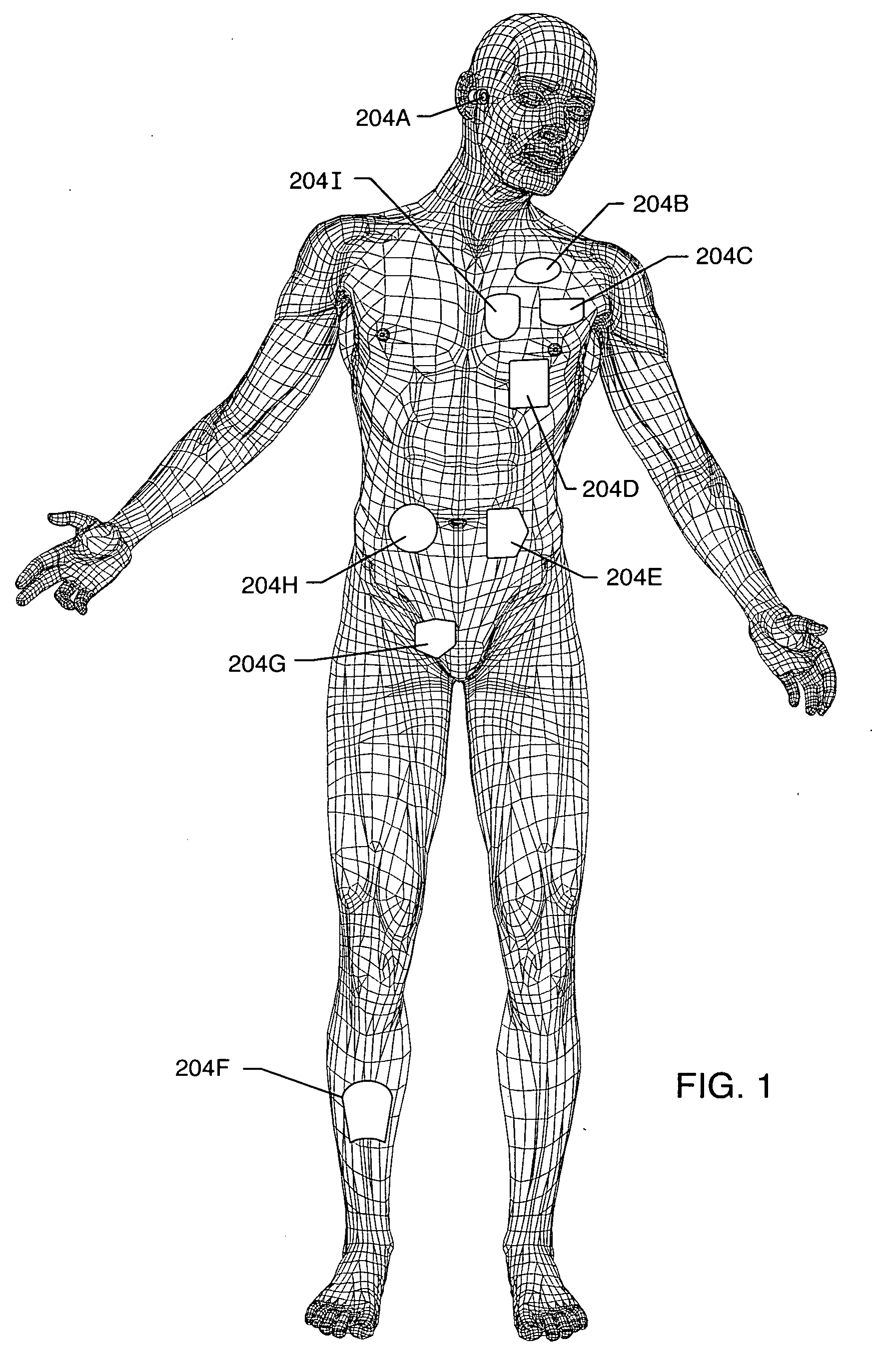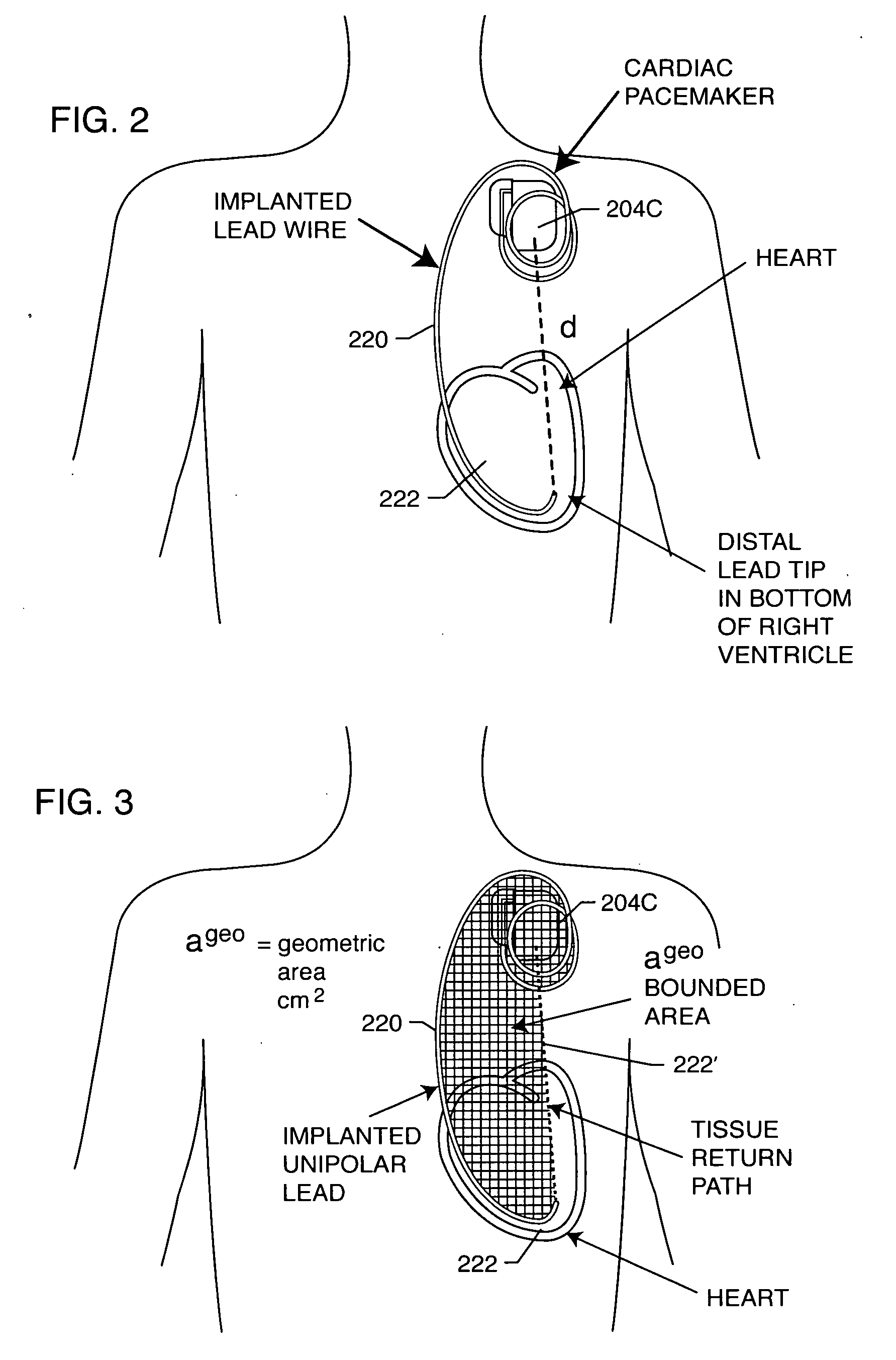Apparatus and process for reducing the susceptability of active implantable medical devices to medical procedures such as magnetic resonance imaging
a technology filters, applied in the direction of feed-through capacitors, cell components, therapy, etc., can solve the problems of cardiac pacemakers, implantable defibrillators and other types of active implantable medical devices with magnetic resonance imaging and other types of hospital diagnostic equipment, and the concept of lossy ferrite inductor or toroidal slab
- Summary
- Abstract
- Description
- Claims
- Application Information
AI Technical Summary
Benefits of technology
Problems solved by technology
Method used
Image
Examples
Embodiment Construction
[0185] As shown in the drawings for purposes of illustration, the present invention relates to a lossy ferrite inductor with both resistive and inductive properties 200 (hereinafter referred to as “lossy ferrite inductor”), which is installed in proximity or adjacent to the hermetic terminal 202 of an active implantable medical device (AIMD) 204. The lossy ferrite inductor 200 can be combined with a feedthrough filter capacitor assembly 206 which includes a capacitor 208 having first and second sets of conductive electrode plates 210, 212 embedded within an insulative or dielectric body 214, which is mounted to the hermetic terminal 202 of the implantable medical device 204. At least one feedthrough terminal pin or leadwire 216 extends through the lossy ferrite inductor 200 in non-conductive relation. When used in combination with a feedthrough capacitor 208, the feedthrough terminal pin 216 extends through the capacitor in conductive relation with the first set of electrode plates ...
PUM
 Login to View More
Login to View More Abstract
Description
Claims
Application Information
 Login to View More
Login to View More - R&D
- Intellectual Property
- Life Sciences
- Materials
- Tech Scout
- Unparalleled Data Quality
- Higher Quality Content
- 60% Fewer Hallucinations
Browse by: Latest US Patents, China's latest patents, Technical Efficacy Thesaurus, Application Domain, Technology Topic, Popular Technical Reports.
© 2025 PatSnap. All rights reserved.Legal|Privacy policy|Modern Slavery Act Transparency Statement|Sitemap|About US| Contact US: help@patsnap.com



